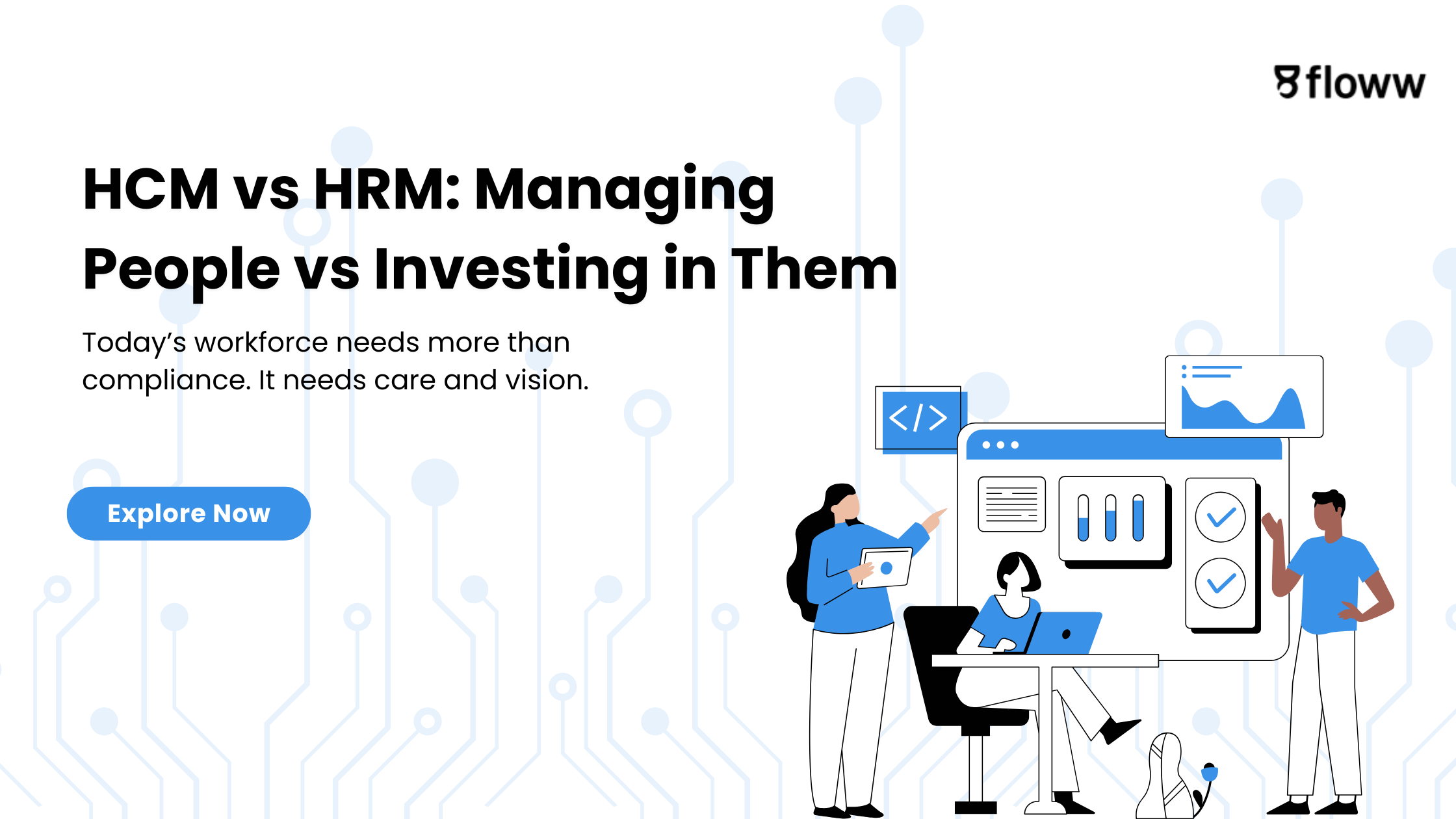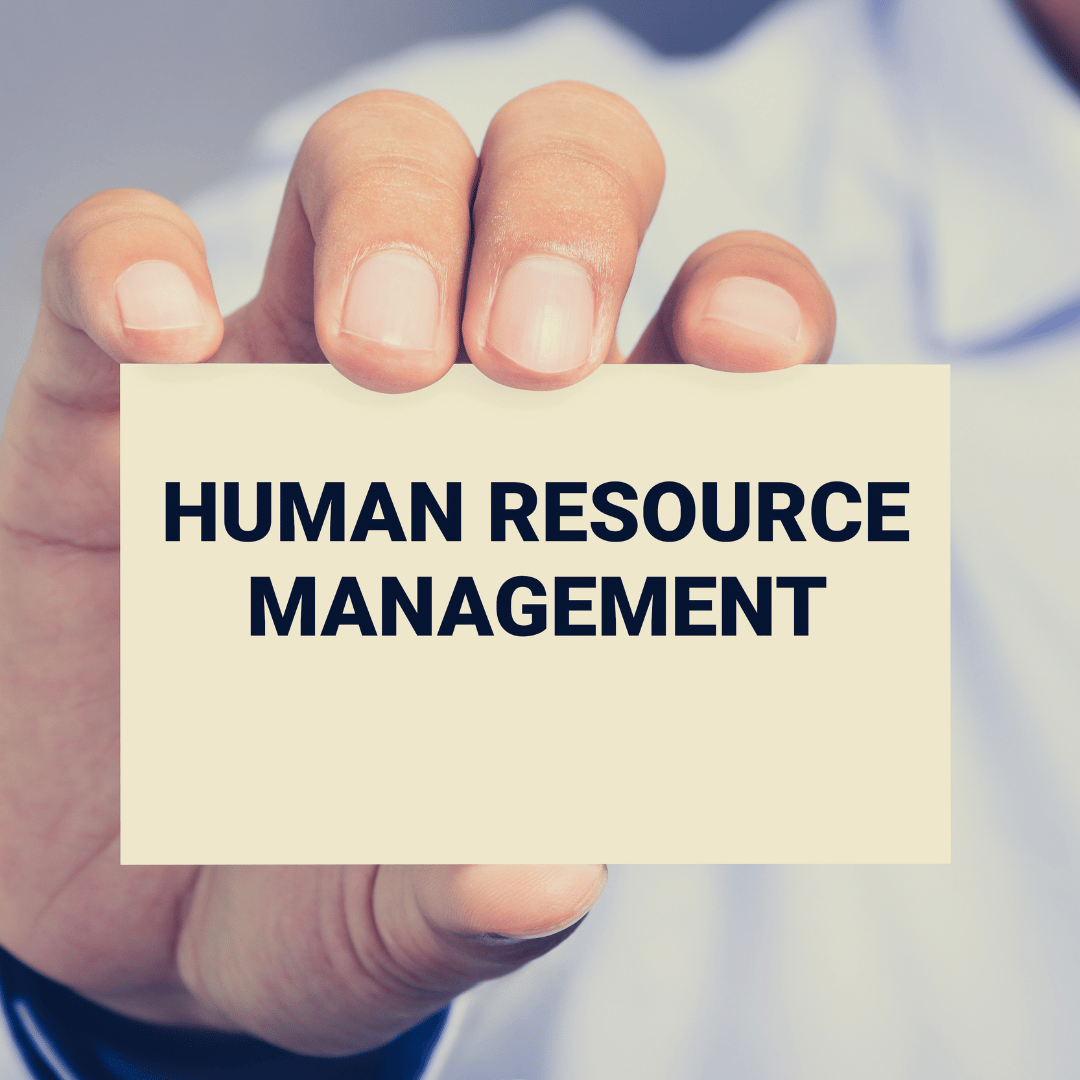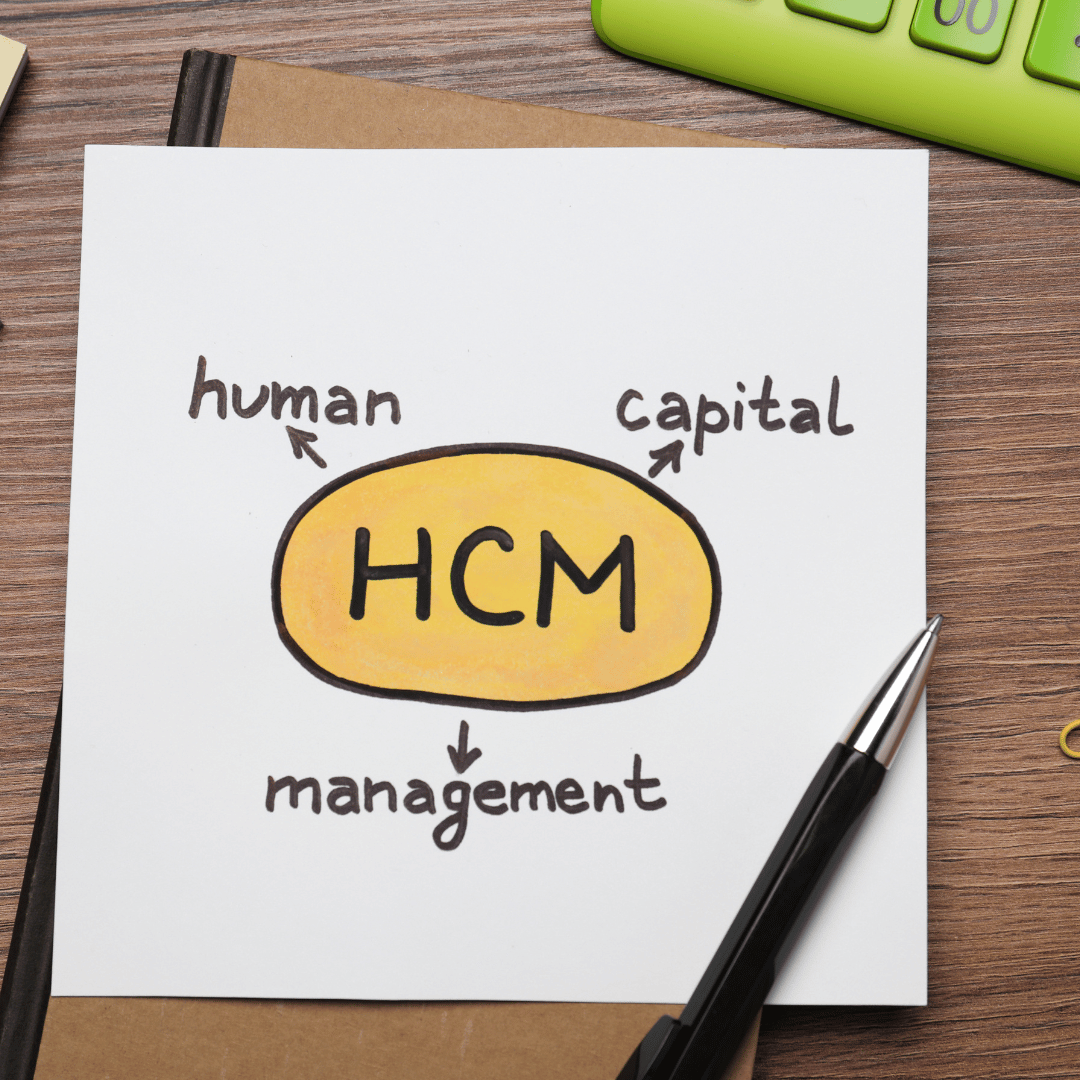HCM vs HRM: Why the Difference Is More Than Just Semantics
HCM and HRM may sound similar, but the difference shapes how you manage talent, strategy, and business growth. This blog breaks down why it's more than just jargon and how understanding the gap can give your HR game a serious upgrade.

The terms Human Capital Management (HCM) and Human Resource Management (HRM) are often used interchangeably. But here’s the twist: while they may sound like corporate synonyms, they’re not just different acronyms. They reflect two fundamentally distinct philosophies of how organizations view, treat, and invest in their people.
What is HRM?

HRM, or Human Resource Management, is the conventional model many of us are already familiar with. It’s the administrative core of any organization, focused on getting people in, making sure they’re paid on time, recording attendance, and keeping the company compliant with labour laws. It’s the structure that holds the day-to-day people operations together. The work is essential, no doubt, but it’s mostly reactive. HRM steps in when there’s a resignation letter to process, a payroll error to fix, or an attendance record to approve. It ensures things run smoothly, but it doesn’t always ask the deeper questions.
What is HCM?

HCM or Human Capital Management, on the other hand is the evolved, more forward-thinking version of HRM. It doesn’t just see people as resources to be managed, but as capital to be nurtured, grown, and strategically deployed. In this view, employees are not just the cost centre; they are the value drivers. HCM goes beyond managing roles to understanding potential, performance, growth, and alignment with business goals. The intention isn’t about filling vacancies, it’s about workforce planning. It’s not just about logging training sessions; it’s about building future-ready teams. Where HRM is about maintenance, HCM is about momentum.
How Are They Different?
HRM tools typically cover the basics. That is payroll software, leave trackers and compliance checklists. They help you administer HR processes efficiently. HCM platforms, however, are built to provide insights. They analyse workforce trends, map out skill gaps, recommend training modules, and enable leadership succession planning. And perhaps most importantly, they help organizations treat employees as long-term investments rather than short-term resources.
The difference starts to matter more when you realise how the world of work has changed. Today, businesses operate in a constant state of flux. Skill demands evolve rapidly, hybrid work has become the norm, and employee expectations have shifted toward growth, flexibility, and purpose. In such a dynamic environment, just keeping operations afloat isn’t enough. Companies need systems and strategies that are proactive, not reactive. They need to anticipate change and act on data, not just intuition. That’s where HCM stands apart.
Why HCM Over HRM?

Strategic workforce planning, for example, is now a necessity. Organizations can no longer afford to wait for attrition before beginning their hiring process. With the right HCM approach, businesses can use internal data to identify upcoming leadership gaps, flag departments with high turnover risks, and plan talent pipelines accordingly.
Employee expectations, too, are different now. People want more than a paycheck. They’re looking for career progression, meaningful work, and real-time feedback. Traditional HRM models often fall short here. They’re not built to offer visibility into growth opportunities or track learning milestones. But HCM platforms thrive in this space. They support goal-setting frameworks, continuous feedback systems, and personalized learning paths. This makes employee development an ongoing journey, not a one-off event.
Another significant shift is the role of compliance. While HRM ensures that your policies align with legal standards and labour laws, compliance today is just table stakes. What truly sets organizations apart is their culture. Culture drives engagement, innovation, and loyalty, and it can’t be managed through spreadsheets. HCM offers the tools to build and measure culture, understand what motivates your workforce, and turn that knowledge into actionable insights.
Data is central to all of this. HRM systems are great at collecting data. You will know who showed up, who didn’t, who got promoted, who resigned. But they rarely tell you why. HCM goes deeper. It asks why attrition is higher in one team, why certain roles have longer time-to-fill metrics, or why employee engagement is dipping after six months. It turns data into narratives and helps leaders make informed decisions, not just track KPIs.
Is HRM Not Needed?
It’s important not to villainize HRM. It isn’t outdated. It’s foundational. Every business needs strong HRM practices to function effectively. You can’t skip payroll or ignore labour laws. But the issue arises when businesses stop there. When HR is viewed solely as an admin function, its potential is limited. HCM builds on HRM, it doesn’t replace it. Think of HRM as your core engine and HCM as the navigation system. One keeps the wheels turning, the other helps you move in the right direction.
So why are more businesses, especially startups and scale-ups, moving toward HCM? The answer lies in agility. In high-growth environments, businesses need to respond quickly to changes. Having a strategic people function, powered by HCM tools, means being able to make fast, data-backed decisions about hiring, training, and reorganizing.
Conclusion
If you’re unsure whether your business is ready to move from HRM to HCM, ask yourself a few questions. Are you only tracking employee attendance, or are you also tracking growth? Do your HR systems only notify you when people leave, or do they help you retain talent? Is your performance review process driving development, or just checking boxes? Are you measuring culture, or merely enforcing policies?
The answers to these questions will tell you where your people strategy stands. And if most of them lean toward process over progress, it’s probably time for a shift.
Ultimately, HCM vs HRM is not a battle, it’s an evolution. It's about moving from operational excellence to strategic enablement. It’s about recognising that your people are the engine of your business.

